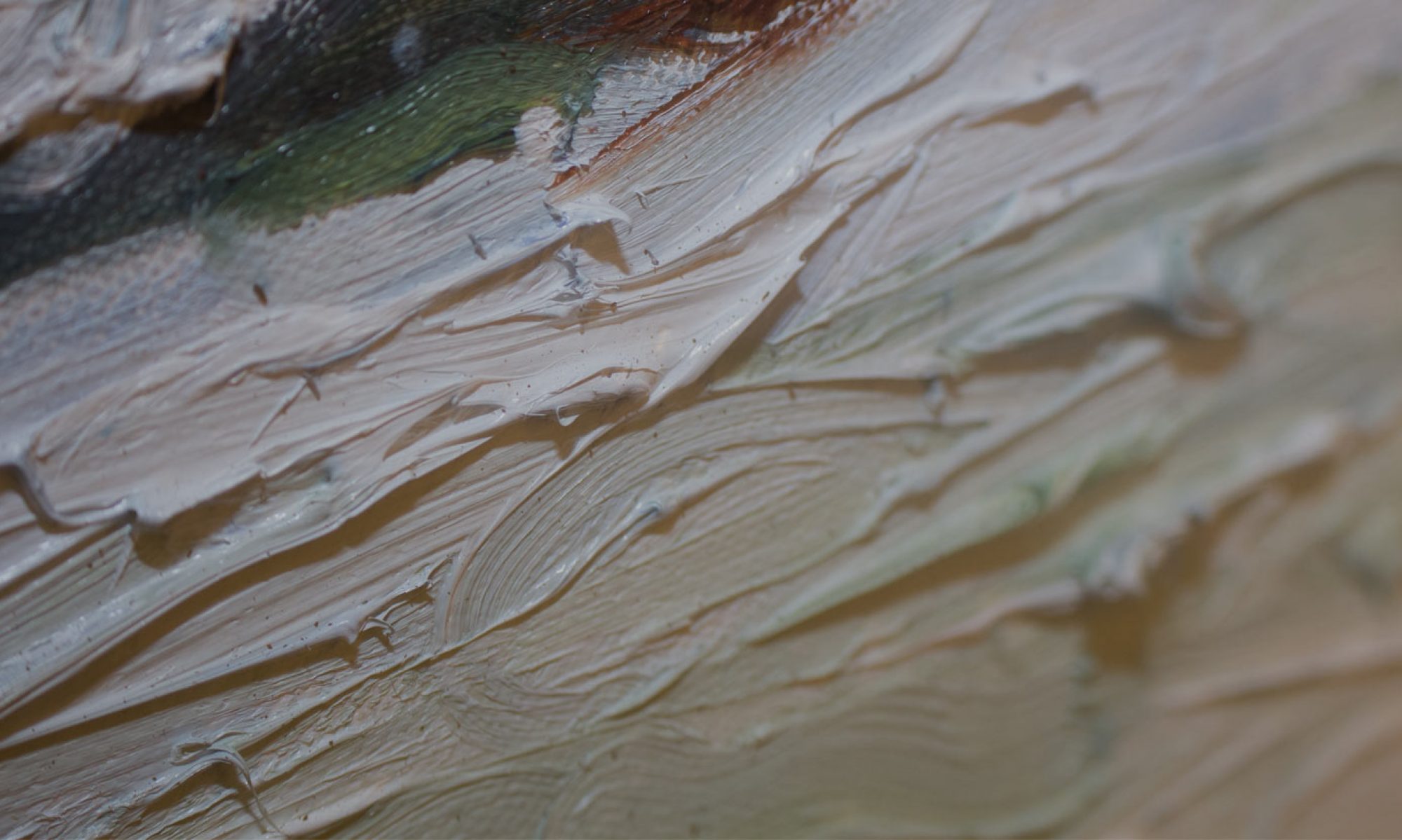
New York has all sorts of scary people: cocaine-fueled traders, Harlem hoodsters, and Italian mobsters, all come to mind. But starving artists? Not so much.
Enter Willy Biaggi. At a solid 6’2 and 222 pounds, and with tattoos, Willy seems like he would feel more comfortable in a stadium rather than a studio. Surprisingly, the Paris-born New Yorker has been painting since the age of 12. Previously a bartender, pastry chef, and legal assistant, Willy was forced onto the streets by the financial crisis. Originally apprehensive of the idea that people would buy his art, he has now been selling his work for 6 years and is decidedly happier.

Willy Biaggi; French-born painter living in New York
Willy, who trains in Muay Thai kickboxing, claims that some of the toughest people that he has met in New York have been those selling art on the street. According to city regulations, individuals selling “first amendment goods” are only allowed a handful of park spots per week. Failure to comply incurs one a fine of hundreds of dollars, easily the price of one painting. Artists lacking connections to galleries or other venues thus find themselves in a winner-take-all scramble for what limited space remains. Every weekend, Willy wakes up at 3 in the morning to hunt for a spot in Union Square.
Given the stakes involved—one’s livelihood—artists are understandably territorial over their spots. “It isn’t unusual for fistfights to break out. A couple of scuffles had to be broken up by the police”, says Willy as he speaks with a customer. For practitioners of the fine arts, the competitive landscape is deceptively Darwinian, “I am fortunate because of my large size and haven’t been harassed or threatened like others I have seen. It’s like tossing a bone to 10 starving dogs… it makes people not very nice to each other.”
The image of a starving artist stems from the difficult economics of a painting career. Painters desiring mainstream success face high barriers to entry and very few make it. Such artists often undertake temporary jobs in the service industry to help pay the bills; studying art or majoring in art history is often mocked as worthless in the job market.
That success as a painter requisites starvation, however, is a myth, says Willy. But very real is the need for non-artsy street smarts to survive.
“Many painters don’t feel comfortable with the commercial side of things. Truthfully, neither do I… but my belief is that no product truly sells itself, and if you really want to make it you need to brave the streets. Some people come out but they can’t handle all of it- they aren’t very tough. We never see them again.”
Those fortunate enough to secure a spot still have to deal with drug addicts, thieves, and the police.
“Meth-head zombies often come up to my stall and put their heads over my work. It’s a bit of an art dealing with them- you obviously don’t want them there, but engaging them triggers a wild response” Willy laments.
“Meanwhile, you still need to watch out for the sneaky guys that come up to your table, grab a painting, and run. Given that the cops can’t be everywhere all the time… you really have to watch your back.”
The poem “Law of the Jungle’ was penned by Rudyard Kipling to describe a code of conduct for wolves in a pack. Apparently jurisdiction applies to jungles of all types: those comprised of foliage— and those of concrete.
You can commissino Willy at willybiaggi@aol.com starting at $100 and find him on Instagram at willybiaggi.
